Pieter Bruegel the Elder (Dutch: c. 1525 – 9 September 1569) was a Netherlandish Renaissance painter and printmaker from Brabant, known for his landscapes and peasant scenes. He was born in Breda, near the (now Dutch) town of Eindhoven. He was an apprentice of Pieter Coecke van Aelst, whose daughter Mayken he later married. He spent some time in France and Italy, and then went to Antwerp, where in 1551 he was accepted as a master in the painter's guild. He traveled to Italy soon after, and then returned to Antwerp before settling in Brussels permanently 10 years later.
After Pieter Bruegel the Elder, (Netherlandish, 1522–1562)
Armed Three-Master on the Open Sea Accompanied by a Galley from The Sailing Vessels, 1561–65
Engraving and etching; second state of three
13 1/4 x 10 1/4 in. (33.6 x 26 cm)
The Metropolitan Museum of Art
Armed Three-Master on the Open Sea, accompanied by a Galley; large ship with guns at full sail in centre, seen from left; a large imperial pennant flaps from its mast; smaller galley to the left. More on this work
Bruegel was born at a time of extensive change in Western Europe. Italy was at the end of their High Renaissance of arts and culture, when artists such as Michelangelo and Leonardo da Vinci painted their masterpieces. In 1517, about eight years before Bruegel's birth, Martin Luther created his Ninety-Five Theses and began the Protestant Reformation in neighboring Germany.
After Pieter Bruegel the Elder , (Netherlandish, 1522–1562)
Armed Three-master with Daedalus and Icarus in the Sky from The Sailing Vessels, 1561–65
Engraving; first state of three
8 3/4 x 11 5/16 in. (22.2 x 28.7 cm)
The Metropolitan Museum of Art
Daedalus was shut up in a tower to prevent his knowledge of his Labyrinth from spreading to the public. He could not leave Crete by sea, as the king, Minos controlled the land and sea routes. Daedalus set to work to fabricate wings for himself and his young son Icarus. When the work was done, the artist, waving his wings, found himself buoyed upward and hung suspended, poising himself on the beaten air. He next equipped his son, and taught him how to fly. Daedalus warned Icarus not to fly too high, because the heat of the sun would melt the wax, nor too low, because the sea foam would soak the feathers.
They had passed Samos, Delos and Lebynthos by the time the boy, forgetting himself, began to soar upward toward the sun. The blazing sun softened the wax which held the feathers together and they came off. Icarus quickly fell in the sea and drowned. His father cried, bitterly lamenting his own arts, and called the land near the place where Icarus fell into the ocean Icaria in memory of his child. Some time later, the goddess Athena visited Daedalus and gave him wings, telling him to fly like a god. More on this work
Reformation was accompanied by iconoclasm, and widespread destruction of art. In response the Catholic Church which viewed Protestantism and its iconoclasm as a threat to the church, at the Council of Trent, which concluded in 1563, determined that religious art should more focused on religious subject-matter, and less on on material things and decorative qualities.
After Pieter Bruegel the Elder (Netherlandish, 1522–1562)
Man of war at anchor, to the right a town, c. 1565
Engraving and etching
23 x 28.6 cm. (9.1 x 11.3 in.)
The Metropolitan Museum of Art
Armed Three-Master Anchored Near a City; large vessel not under sail dominates foreground; two small rowboats approach in front of it and several other small sailing vessels surround it; large town to the right and a large bird in flight in upper right. More on this Etching
Frans Huys after Pieter Bruegel the Elder (Netherlandish, 1522–1562)
Armed Four Master Putting Out to Sea, c. 1561-2.
Engraving and etching; first state of two
9 3/8 x 12 1/16 inches
The National Gallery of Art
Armed Four-Master Putting Out to Sea; large ship flying Portuguese flags centred in foreground and sailing to the left, with small vessel following; large town behind and several birds in flight above. More on this Etching
Pieter Bruegel the Elder (Netherlandish, 1522–1562)
Armed Four-Master Sailing Towards a Port from The Sailing Vessels, 1561–65
After Pieter Bruegel the Elder (Netherlandish, Breda (?) ca. 1525–1569 Brussels)
Engraving; second state of four
13 5/16 x 10 1/4 in. (33.8 x 26 cm)
Philadelphia Museum of Art
Armed Four-Master Sailing Towards a Port; large ship with many guns protruding from all sides and spears in the baskets at the top of the masts at full sail in centre; port town at right background and two other ships on horizon at left; birds in flight at right and billowing clouds in sky. c.1565. More on this Etching
After Pieter Bruegel the Elder (Netherlandish, 1522–1562)
Galleon at anchor
Engraving and etching
225 mm x 323 mm
National Maritime Museum,
After Pieter Bruegel the Elder, (Netherlandish, 1522–1562)
A Dutch Hulk and a Boeier from The Sailing Vessels, 1565
Engraving; first state of two
13 1/4 x 10 1/4 in. (33.7 x 26.1 cm)
The Metropolitan Museum of Art
A Dutch Hulk and a 'Boeier'; large ship listing to the left in the wind on a choppy sea with a smaller vessel behind it to the right; a corpse floating in the water in right foreground corner; the large ship bears the arms of Amsterdam and Enkhuiszen on its stern and the flag of Hoorn flies from one of the masts More on this Etching
Pieter Bruegel the Elder (Netherlandish, 1522–1562)
A Fleet Of Galleys Escorted By A Caravel (circa 1561-2)
Engraving & Etching
11 3/8 in X 8 1/4 in (29 cm X 22.3 cm)
The Metropolitan Museum of Art
A Fleet of Galleys Escorted by a Caravel; two galleys in foreground with caravel between them, flying Spanish flags; numerous galleys behind them in right middle- and background. c.1565. More on this Etching
After Pieter Bruegel the Elder (Netherlandish, 1522–1562)
Man of War between two Galleys with the Fall of Phaeton, 1565
Engraving & Etching
21.2 x 27.8 cm
Princeton University Art Museum
Man of War between Two Galleys with the Fall of Phaeton, which contains a contrast of naturalistic depiction of shipping vessels with a mythological scene. This unique combination was employed by Bruegel to create an image that would appeal to the growing segment of buyers who were interested in both contemporary exploration and ancient literature.
The fall of Phaethon. In Greek mythology, Phaethon, challenged by his playmates, sought assurance from his mother that his father was the sun god. She gave him the requested assurance and told him to turn to his father for confirmation. He asked his father for some proof that would demonstrate his relationship with the sun. When the god promised to grant him whatever he wanted, he insisted on being allowed to drive the sun chariot for a day.[6] Placed in charge of the chariot, he was unable to control the horses. The earth was in danger of being burnt up and, to prevent this disaster, Zeus killed him with a thunderbolt. More on The fall of Phaethon
Bruegel portrays the moment Phaeton tumbles from the chariot, at the immediate upper right of the top of the man of war’s mast. Bruegel portrays the moment Phaeton tumbles from the chariot, at the immediate upper right of the top of the man of war’s mast. The four horses storming away across the sky, Zeus wielding his thunderbolt, and the frowning face of Apollo in the sun.
King Cycnus wept and lingered on a riverbank until he was turned into a melodic voiced swan. A human faced swan, is visible floating on the ocean in the central bottom of the print. More on this Etching
After Pieter Bruegel the Elder (Netherlandish, 1522–1562)
Four-Master and Two Three-Masters Anchored near a Fortified Island with a Lighthouse, ca. 1561–62
Engraving and etching; first state of two
8 3/4 x 11 3/8 in. (22.2 x 28.9 cm)
The Metropolitan Museum of Art
Four-Master (left) and Two Three-Masters Anchored Near a Fortified Island; three large vessels in foreground with several small rowboats among them; behind them in centre middleground a fortified island with a lighthouse; calm waters but agitated clouds in sky.
After Pieter Bruegel the Elder (Netherlandish, 1522–1562)
Three Caravels in a Rising Squall with Arion on a Dolphin from The Sailing Vessels, c. 1565
Engraving and etching; first state of two
8 11/16 x 11 1/4 in. (22 x 28.6 cm)
The Metropolitan Museum of Art
Probably commissioned by publisher Hieronymus Cock Pieter Brueghel drew about 1561-1562 a number of vessel types as examples of the engraver Frans Huys and a total of eleven different prints of Brueghel Huys to be known. This picture shows three armed sailing ships and in the foreground on the right shows a scene from the story of Arion and the Dolphin.
Arion was a famous Greek poet and minstrel from the seventh century BC. During the voyage he was robbed by the crew of his belongings and threatened with death. He asked permission for the last time to play a song and dolphins came swimming up to listen to him. At the end of his playing Arion jumped into the sea and was brought by the dolphin safely to land. More on this Etching
After Pieter Bruegel the Elder (Netherlandish, 1522–1562)
Ripa Grande in Rome, circa 1552-54
Pen on ink
Height: 207 mm (8.15 in). Width: 283 mm (11.14 in)
The Metropolitan Museum of Art
Porto di Ripa Grande was the river port of Rome, just downstream the former Pons Sublicius, where the wares, going up and down the Tiber towards the dock of Fiumicino, were handled.
After Pieter Bruegel the Elder (Netherlandish, 1522–1562)
Battle of Messina Straights, circa 1561
Engraving
mm.425x715
British Museum
Naval Battle in the Strait of Messina; several ships in the foreground with the burning of the city of Reggio in Calabria at upper left, the eruption of Mount Etna at right behind the city of Messina
The Battle of the Strait of Messina was fought on 276 BC when a Carthaginian fleet attacked the Sicilian fleet of Pyrrhus of Epirus, who was crossing the strait to Italy. Pyrrhus had left Italy for Sicily on the Autumn of 278 BC and scored several major victories against the Carthaginian armies, but Roman successes against Pyrrhus' Italian allies convinced him to return to Italy.
While Pyrrhus was transporting his troops to Rhegium he was attacked by the Carthaginians who inflicted heavy casualties on his fleet. Pyrrhus' surviving ships, amounting to 40 warships plus the transport ships, docked at Locri where he had left his son Alexander when he opened his Sicilian campaign. More on The Battle of the Strait of Messina
After Pieter Bruegel the Elder (Netherlandish, 1522–1562)
Battle of Messina Straights, circa 1561
Engraving
mm.425x715
Private collection
Printed from two plates, this work was etched and engraved by Frans Huys on the basis of drawings that Bruegel would have provided him with. One of these preparatory drawings has survived to the present day (Museum Boijmans Van Beuningen, Rotterdam, inv. no. 191), showing a view of the city of Reggio Calabria in reverse. An anonymous drawing in pen and black and brown ink, probably a copy after the original, acquired in 2011 by the Royal Library of Belgium, gives an idea of how the other, now lost studies by Bruegel of the Strait of Messina may have looked. It is generally accepted that Bruegel was in Italy from 1552 to 1554 and it is likely that he went to Messina, where he may have witnessed, or at least heard about, the encounter of the Italian and the French-Turkish fleets, resulting in the fire and destruction of the city of Reggio in July 1552.
In Frans Huys' print, the smoky clouds rising above 'Rezo' and the eruption of the Mount Etna provide the background and frame for the naval battle in the foreground, depicted with utmost detail, including the turbans of the Turkish crews. The various ships are rendered with the same great accuracy as Frans Huys' contemporary series of Sailing Vessels after Bruegel (see previous lot). Manfred Sellink argued that the print, being expensive to produce, may have been co-published by the Antwerp painter and nobleman Cornelis van Dalem and the famous publisher Hieronymus Cock, even though their names appear individually in the first and the second states, respectively.
More on this Etching

After Pieter Bruegel the Elder (Netherlandish, 1522–1562)
Seascape with a View of Antwerp
Pen and ink
Height: 203 mm (7.99 in). Width: 298 mm (11.73 in).
Courtauld Institute of Art, London, UK
Various Ships at Sea, c. 1550, Frans Huys (attributed to), after Pieter Bruegel (I), 1540 - 1562
Sixteen Ships
Engraving and etching
h 223mm × w 302mm
Rijksprentenkabinet
View of Sixteen Ships; various types of ships seen from high vantage point; coastline with lighthouse at far right background. c.1565. More on this Etching
Pieter Bruegel the Elder (Netherlandish, 1522–1562)
A carrack before the wind
Painting
28 by× 35.5cm including border (11 by× 14in)
National Maritime Museum, Greenwich, London
A Portuguese carrack was a large galleon used in the 14th, 15th, and 16th centuries. Portuguese ships arrived in the Indian Ocean in 1498, looking for a sea route to the silks and spices of the East. The Portuguese took over many of the existing routes, and controlled the Indian Ocean trade through force of arms. For many years, English East Indiamen competed with the Portuguese for the lucrative eastern trade. More on this painting
Please visit my other blogs: Art Collector, Mythology, Marine Art, Portrait of a Lady, The Orientalist, Art of the Nude and The Canals of Venice, Middle East Artists, 365 Saints and 365 Days, also visit my Boards on Pinterest
Images are copyright of their respective owners, assignees or others.
Some Images may be subject to copyright
I don't own any of these images - credit is always given when due unless
it is unknown to me. if I post your images without your permission, please tell
me.
I do not sell art, art prints, framed posters or reproductions. Ads are
shown only to compensate the hosting expenses.
If you enjoyed this post, please share with friends and family.
Thank you for visiting my blog and also for liking its posts and pages.
Please note that the content of this post primarily consists of articles
available from Wikipedia or other free sources online.

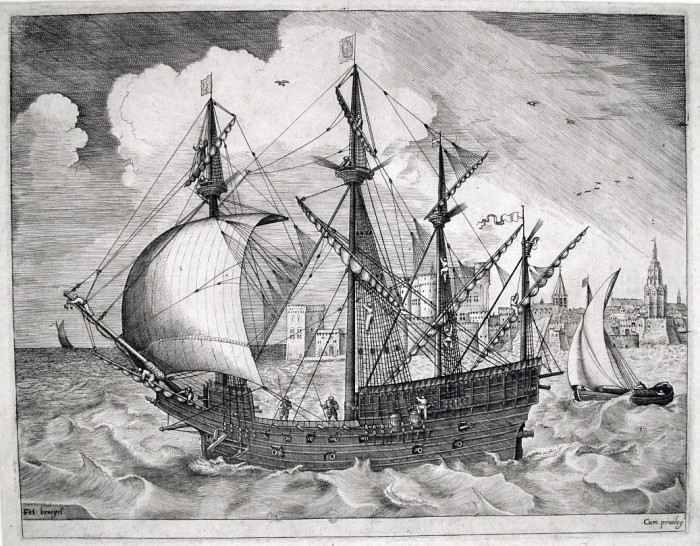
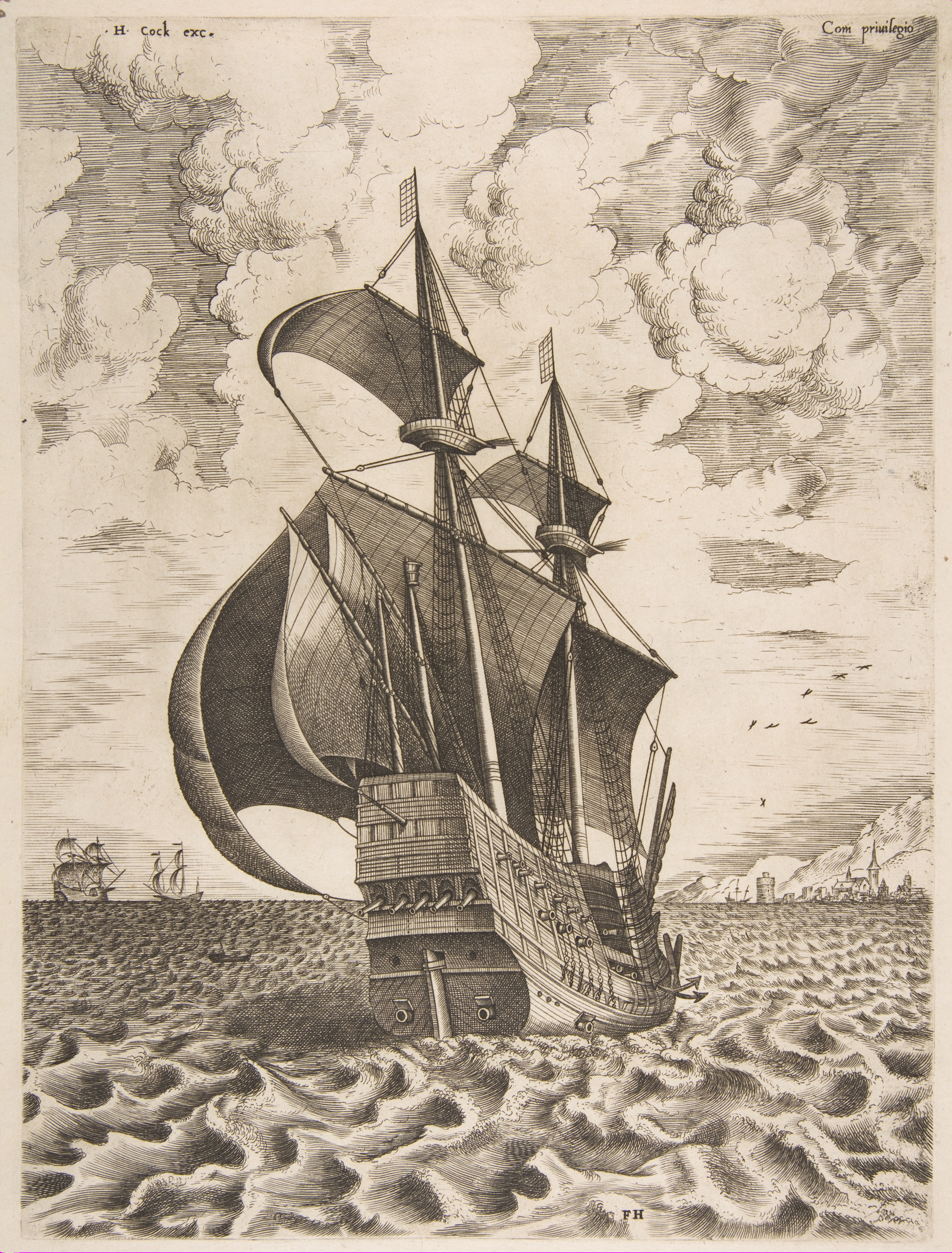
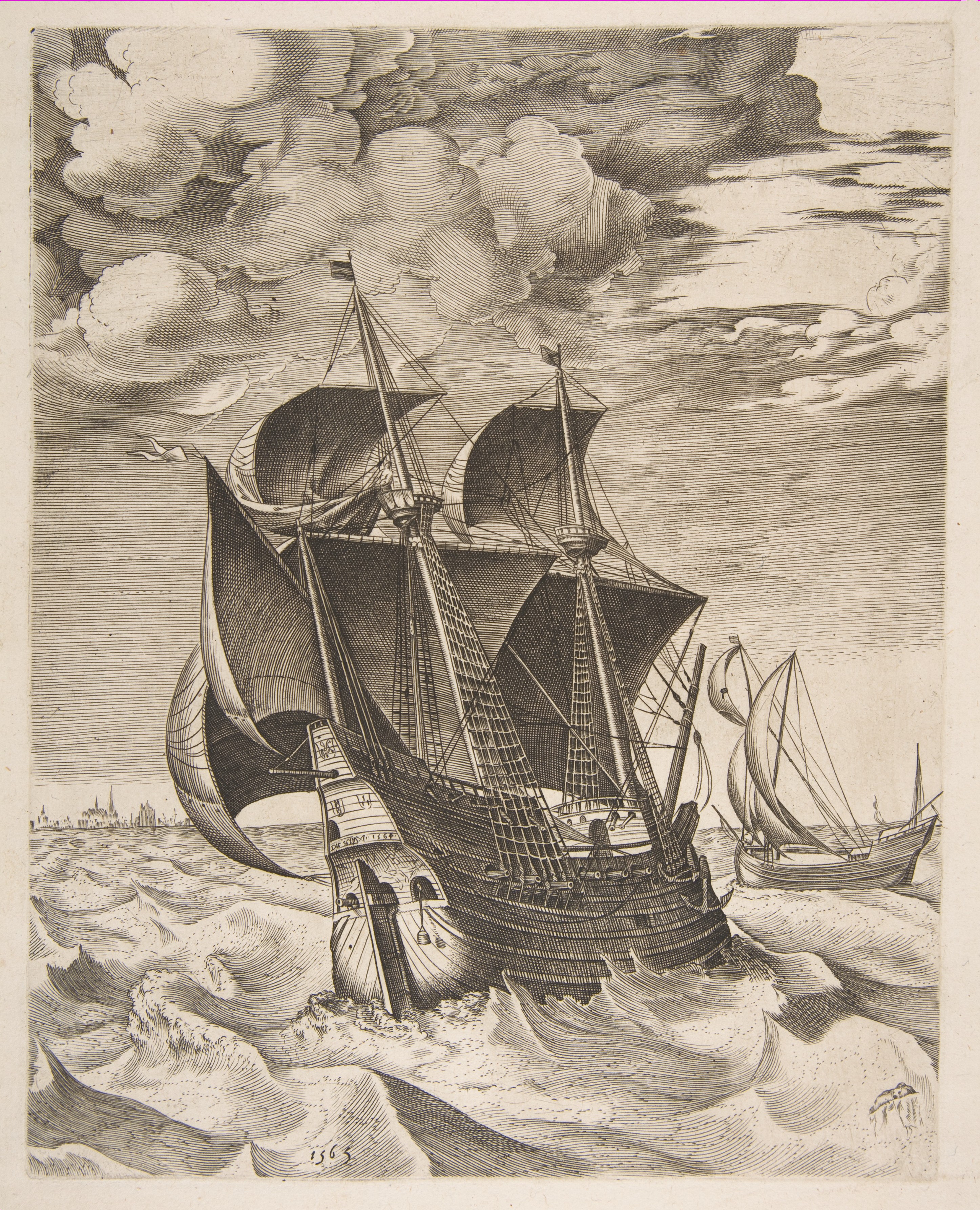
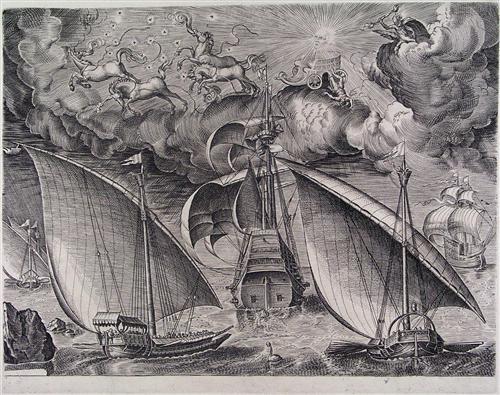
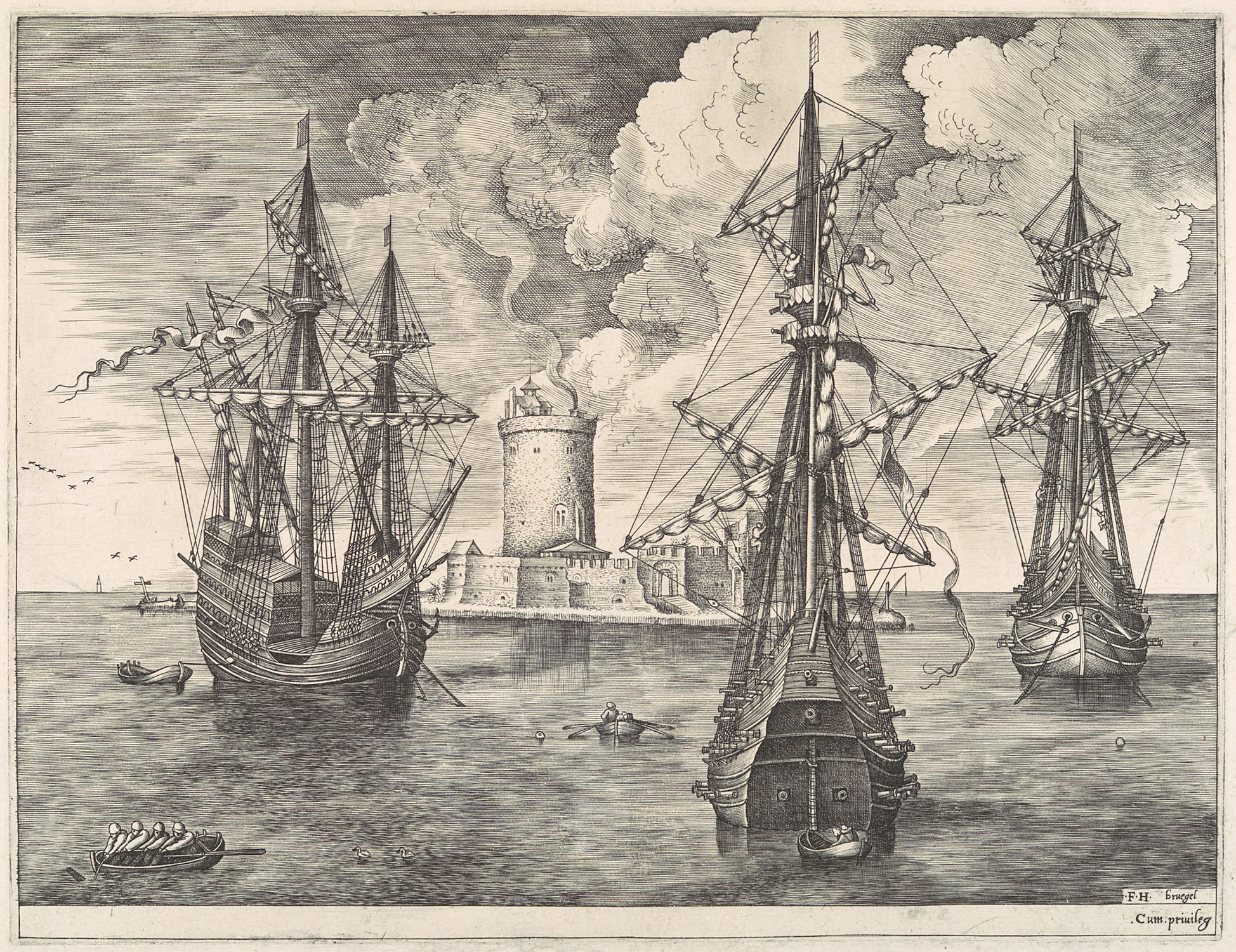








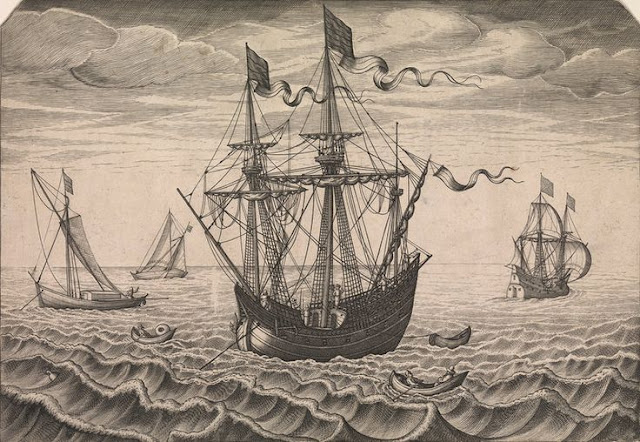





No comments:
Post a Comment